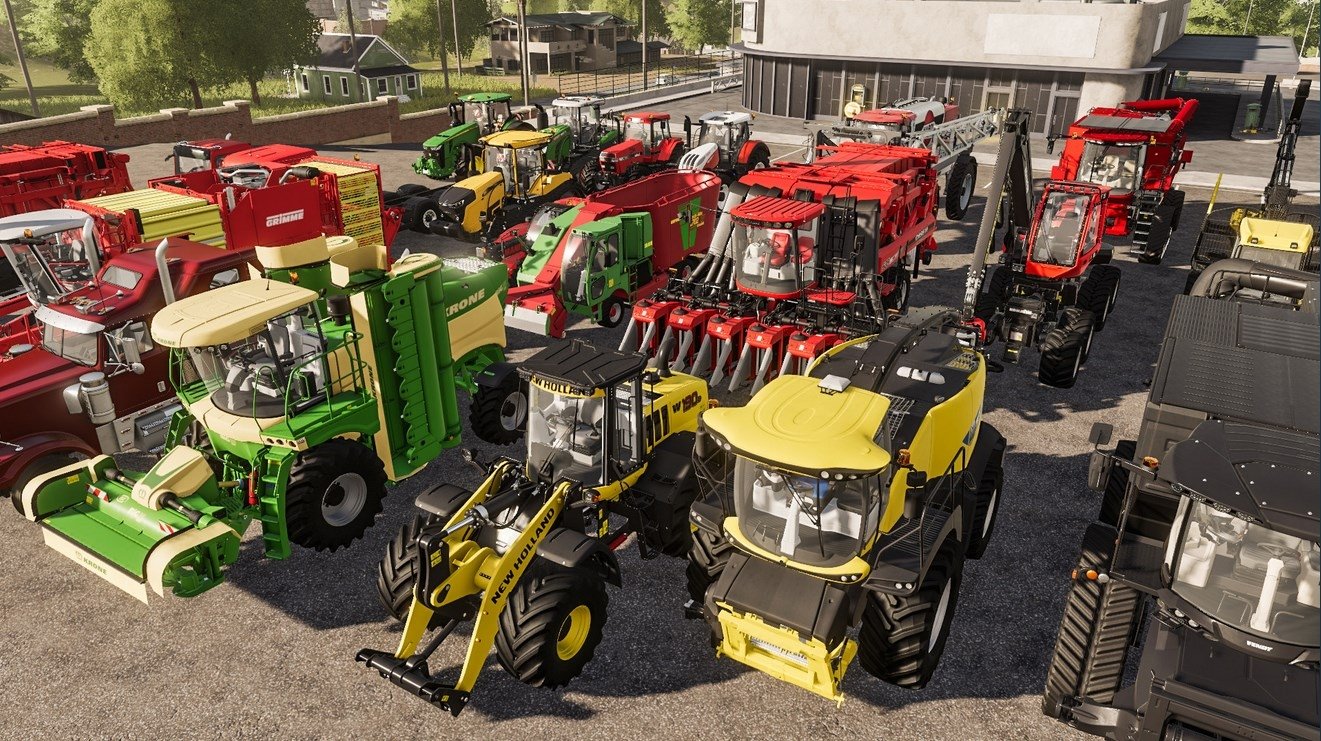


Animals consume resources and eventually reproduce. For instance, while you can raise cows, you’re not going to be able to set up a dairy farm and make that your primary business. The husbandry aspect of SimFarm is less detailed and is more akin to a mini-game than a proper bit of gameplay. Aligning your plantings and grow seasons with weather favorable to your selected crops and planning several seasons of appropriate crops for each field well in advance are key to a profitable farm. There are MANY different crops available in SimFarm, each of which is modelled with unique grow-times, susceptibility to pests/weeds/fungus, optimal grow temperatures, water-needs, and storability. Patience is the key to doing well on your farm. You are able to toggle the game speed to make things go faster, but this is a game which you play in turns both passively and actively. Much of the game will be spent waiting for crops to mature and be harvested once harvested, you either sell the harvested crops right away or wait for market prices to improve (while risking further downturns and inevitable deterioration of the harvest). In many ways, SimFarm presages the idle games of today. SimFarm has plenty of buttons and levels and a high degree of nuance, but rather than actively building your farmstead, you’ll be spending much of your time planning the planting schedules for fields, choosing which crops to grow, and when to sell harvested crops. Where SimCity favored active (but simple) play, zoning and building roads until you ran out of money, SimFarm requires a patient approach. SimFarm simulates running a small farm (which may grow into a big farm) and plays very differently from its SimCity “cousin”. SimFarm was billed as “SimCity’s Country Cousin”, yet that fails to set expectations.


 0 kommentar(er)
0 kommentar(er)
